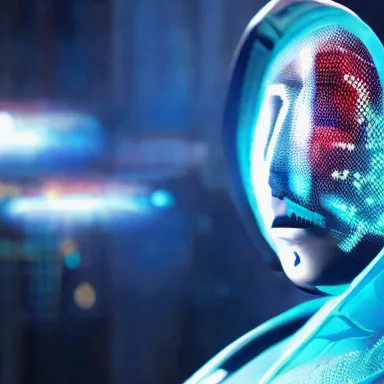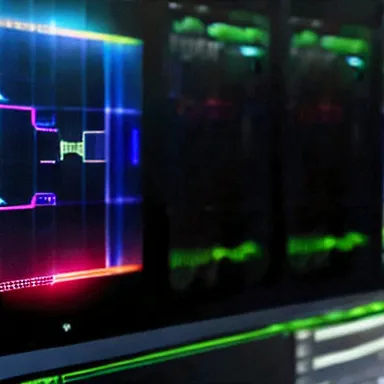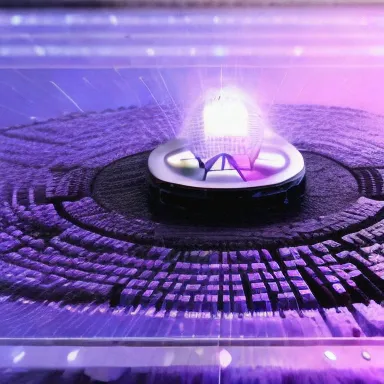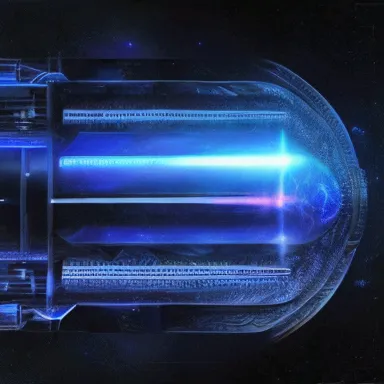
Balancing Innovation and Authenticity
Artificial Intelligence (AI) is revolutionizing the creative industries in ways we could only imagine a few years ago. From art and music to writing and film, AI is not just a tool but an active collaborator in the creative process. While this technological advancement offers exciting opportunities, it also raises important questions about the nature of creativity, authenticity, and the role of human artists in an increasingly automated world.
The Rise of AI in Creative Fields
AI has made significant strides in various creative disciplines. In visual arts, AI-driven programs like DALL-E and Midjourney can generate detailed and intricate images based on textual descriptions. Musicians and composers are using AI to create new sounds, remix tracks, and even compose entire symphonies. In the realm of writing, AI tools like GPT-4 assist writers in generating content, brainstorming ideas, and editing work.
These advancements have democratized creativity, allowing more people to express themselves artistically without needing extensive technical skills. For example, someone with no formal training in painting can create stunning digital artwork using AI. Similarly, AI-powered tools enable writers to overcome creative blocks and produce content more efficiently. This accessibility is one of the most positive aspects of AI's integration into the creative industries.

Innovation Meets Authenticity
While AI opens up new avenues for innovation, it also challenges traditional notions of authenticity. Creativity has long been considered a uniquely human trait, deeply connected to our emotions, experiences, and individual perspectives. AI, however, operates on algorithms and data, mimicking creativity based on patterns it has learned from vast amounts of information.
This raises the question: Can AI-generated work be considered "authentic" art? Some argue that because AI lacks consciousness and emotional depth, its creations are mere imitations of human art. Others believe that AI's ability to generate new and unexpected forms of art can be seen as a different kind of creativity, one that expands the boundaries of what art can be.
The debate extends to ownership and credit. When an AI tool generates a piece of music or a painting, who should be credited as the creator? The programmer who designed the AI? The user who input the prompts? Or is it a collaborative effort between human and machine? These questions are still being explored, with legal and ethical implications that could reshape how we define and protect creative works.
The Future of Creativity: A Collaborative Approach
As AI continues to evolve, the most likely scenario is a future where human creativity and AI complement each other. Rather than replacing human artists, AI can be seen as a tool that enhances and amplifies their creative potential. Artists can use AI to explore new ideas, experiment with different styles, and push the boundaries of their craft.

For example, AI can help musicians analyze vast amounts of music to find new patterns and combinations that inspire fresh compositions. Writers can use AI to generate ideas or overcome writer’s block, freeing them to focus on more nuanced aspects of storytelling. Visual artists can collaborate with AI to create works that blend human intuition with machine precision, resulting in pieces that neither could have produced alone.
Ethical Considerations and Responsible Use
With great power comes great responsibility, and the integration of AI into creative industries is no exception. It's essential to consider the ethical implications of AI in creativity. As AI-generated content becomes more prevalent, there is a risk of devaluing human-made art and reducing opportunities for human artists to earn a living. There are also concerns about the potential for AI to perpetuate biases present in the data it was trained on, leading to art that reflects existing stereotypes and inequalities.
To address these challenges, it’s crucial to establish guidelines and best practices for using AI in creative fields. This includes transparency about the role of AI in the creation process, fair compensation for human creators, and ongoing efforts to ensure that AI-generated content is diverse and inclusive.
Conclusion: Embracing the Future of Creativity
AI is undeniably transforming the creative industries, offering new possibilities for innovation and collaboration. While it challenges traditional ideas about creativity and authenticity, it also provides tools that can enhance human artistry. The key is to approach AI not as a replacement for human creativity, but as a powerful tool that, when used responsibly, can help us explore new frontiers in art, music, writing, and beyond

As we navigate this evolving landscape, it's important to maintain a balance between embracing technological advancements and preserving the core of what makes art truly meaningful: the human touch. By doing so, we can ensure that the future of creativity is both innovative and authentic, with AI and humans working hand in hand to shape the cultural landscape of tomorrow.